I'm a Gardening Writer — These are the 10 Things I'm Doing Now to Revive my Yard After Winter
Give your yard a spring refresh this weekend with these quick and easy ways to prep for warmer, sunnier days
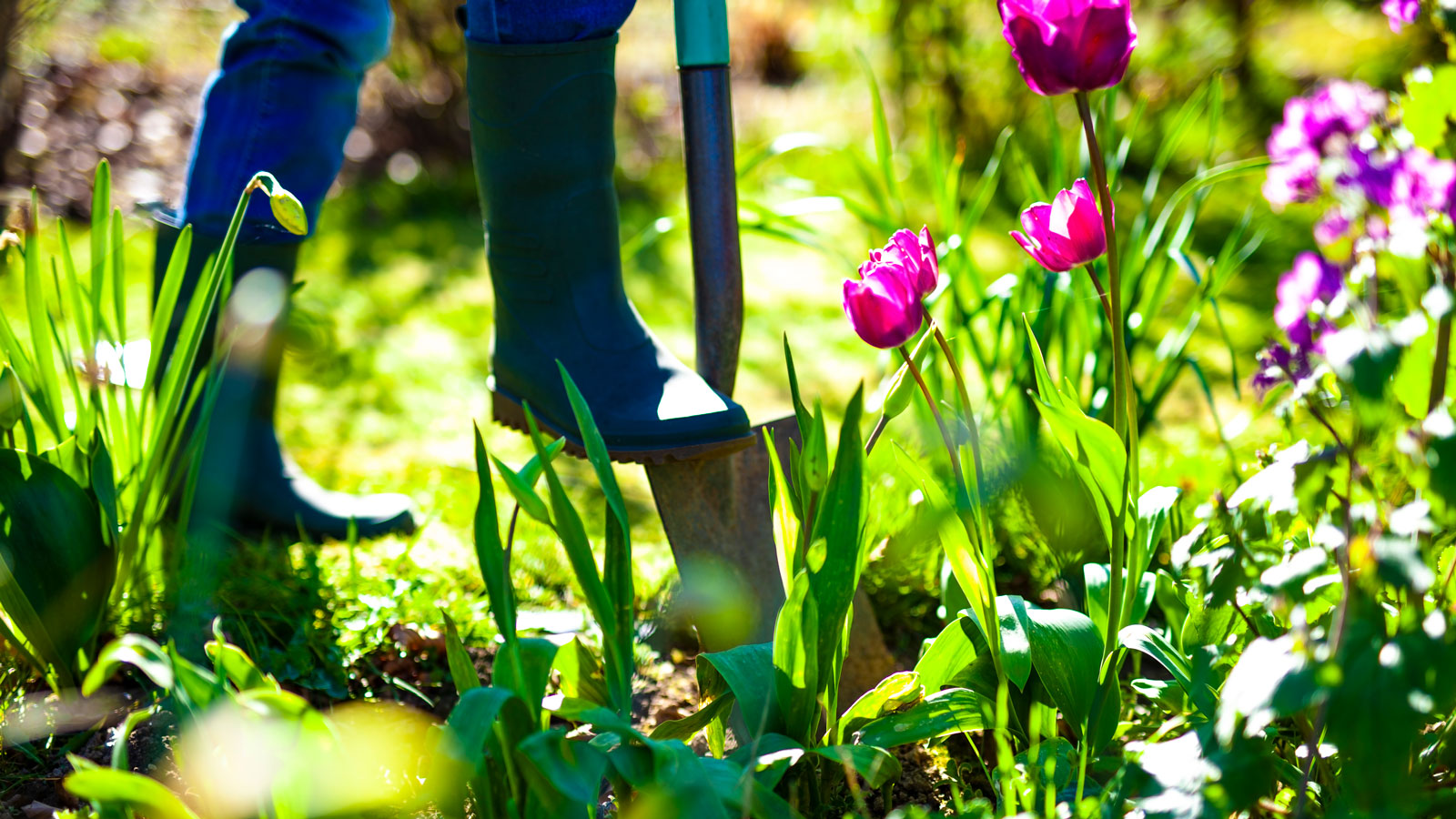
Warmer weather on the way means now is a great time to improve the aesthetic of your outdoor space with a weekend makeover to spruce things up. From easy jobs like tidying and light reshaping of plants, to checking your soil is in the best possible shape and finally getting round to buying a compost bin, these easily achievable jobs will get the new season off to a flying start.
Start by taking an overview of your backyard to see what needs doing. Look out for plants that need some care and attention, plus any gaps in your planting scheme that need filling. Maybe you'll decide you need new plants but taking care of what you already have is equally important to ensure your yard is healthy and thriving.
Consider also the extra wildlife that could be tempted into your yard this summer, and plant to attract bees, butterflies and other insects that will support the eco system. If you're an urban gardener with reduced space you can fill containers with plenty of pollinator-friendly plants for your balcony or roof garden. Now find out more with our 10 tips to revive your yard after winter.
1. Rake up fall and winter debris

Take an overview on what needs doing to spring clean your yard. For 5-6 months the garden has slowly built up a carpet of fallen leaves, dead twigs, and decaying plant material, plus anything else that may have blown into your yard. It's time to clear up this accumulated debris and get your space back on track for the new growing season.
'Start by cleaning up the garden flower beds,' says David Angelov, CEO and master gardener at PlantParenthood, a garden design and maintenance business based in Massachusetts. 'Remove any dead plants, weeds, and debris that accumulated over the winter. This will help to prevent pests and diseases from spreading.'
Rake up everything that's compostable and add to the compost bin. If you find any dead branches on the ground check where they've come from and prune the relevant shrub or plant back into shape, including neatly trimming the ends of any damaged branches that may be prone to disease if you leave them jagged.
2. Get soil tested to see if it needs amending

All successful growing endeavours start with decent garden soil. But during winter soil nutrients are washed away by rain, ice, and snow. In addition, frequent rain, ice and frost can lead to waterlogged soil and compaction. Plus, of course, as plants grow in the same soil season after season, they absorb the nutrients, which can leave soil lacking in key elements.
The Livingetc newsletters are your inside source for what’s shaping interiors now - and what’s next. Discover trend forecasts, smart style ideas, and curated shopping inspiration that brings design to life. Subscribe today and stay ahead of the curve.
So it's a good idea to find out how to amend garden soil to get your growing season off to the best possible start. 'Test your soil,' says David Angelov. 'Before you start planting, it's important to know what kind of soil you have and what nutrients it may be lacking. You can easily test your soil at home (with a soil testing kit like this from Amazon) or send a sample to a local cooperative extension office for testing.'
Mulching is also a must in early spring and has multiple benefits, including adding nutrients to the soil, helping soil retain moisture, and preventing the spread of weeds. It's also important for dry gardens and xeriscapes.
'Organic mulches are incorporated around the garden to reduce water loss,' says garden expert Noelle Johnson, The AZ Plant Lady. 'As a result, xeriscapes not only use less water but take less maintenance and are resilient to the challenges of dry climate gardening.'
3. Smarten up flowering shrubs with a light prune
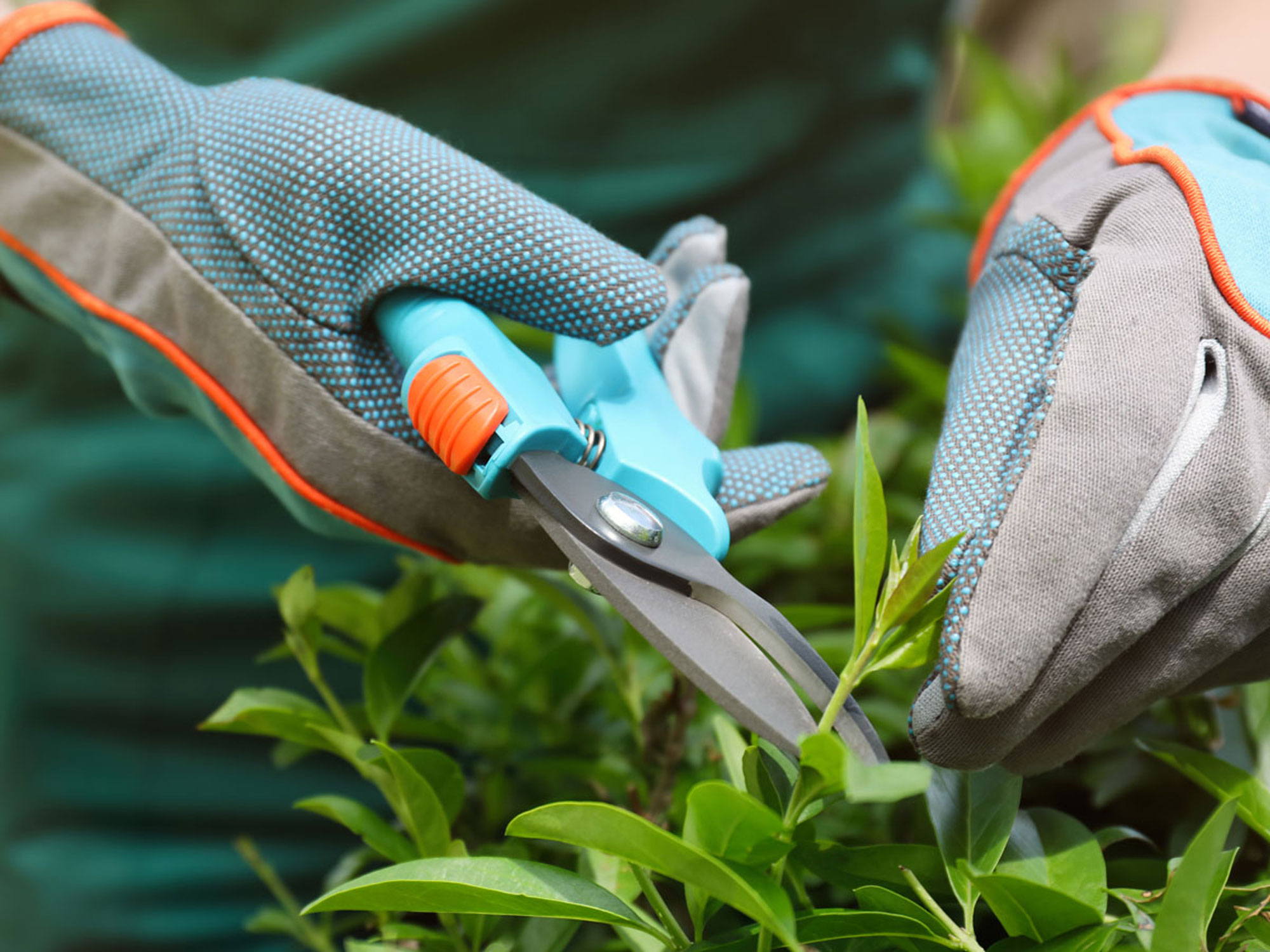
Spring is an ideal time to prune back flowering shrubs to tidy them up. 'Pruning is one of my favorite spring activities as it helps to foster new growth with the warmer months approaching,' says gardening expert Keegan Nesvacil, co-founder of Woodland Tools Co.
To prune, look for dead or damaged branches and remove them, let air into the center of the plant by removing any crossing branches, and encourage fresh new growth. This will mean more prolific flowering and healthier foliage too, as well as generally smartening up the look of your yard.
It's the right time of year to prune flowering shrubs like clematis, butterfly bush, and hydrangea (but not climbing ones, which are pruned in summer after they finish flowering). If you haven't pruned rose bushes there's still time too. It's also a good time to rejuvenate any shrubs that are looking messy or have outgrown their space.
Use sharp, clean pruning shears for the best results, and for harder to cut plants, use loppers or even powered, cordless pruners like this one from Walmart.
4. Make this the year you start composting

Now is a great time to start composting, if you haven't done so already. It's the best way to create organic matter to enrich your garden soil and give your plants a boost.
'Compost is often known as black gold or a gardener's best friend,' says gardening expert Resh Gala. 'It's the one amendment that can single-handedly transform your gardening game and I can't rave enough about it. Whether you choose to buy compost in bulk or make your own homemade compost from kitchen scraps, it's an amendment you must add to your garden every year.'
After spring pruning and tidying jobs are done put all the garden waste in a compost bin to combine with food waste from the kitchen (eggshells in gardening are a particularly good source of calcium for plants). Never add any plant material that shows signs of disease, or invasive weeds, which can both cause problems further along the line. If you already have a compost bin it's best to start a new pile in spring and start using your old pile.
'Spring is a great time to apply compost to your garden, prior to planting for summer,' says Resh. 'Clean up your existing garden soil first, fluff up the top few inches to loosen any soil that may have compacted over winter, then add a layer of compost on top.'
5. Divide and transplant clumps of perennial plants

If you want to propagate or move plants, spring is the ideal time to divide or transplant summer flowering perennials. They will respond well to being divided every couple of years, rewarding you with healthy, vigorous plants plus of course you'll get more of them to fill out your planting scheme.
If you have big clumps of perennials like salvia, sedum, day lilies, bergenia, helianthus or hosta dig them up carefully then use back-to-back forks to lever them gently apart into two or three smaller clumps.
Plants can be divided successfully at almost any time if they are kept well-watered afterwards. The trick is to catch them before they put on loads of new leafy growth.
6. Give ornamental grasses a chop back
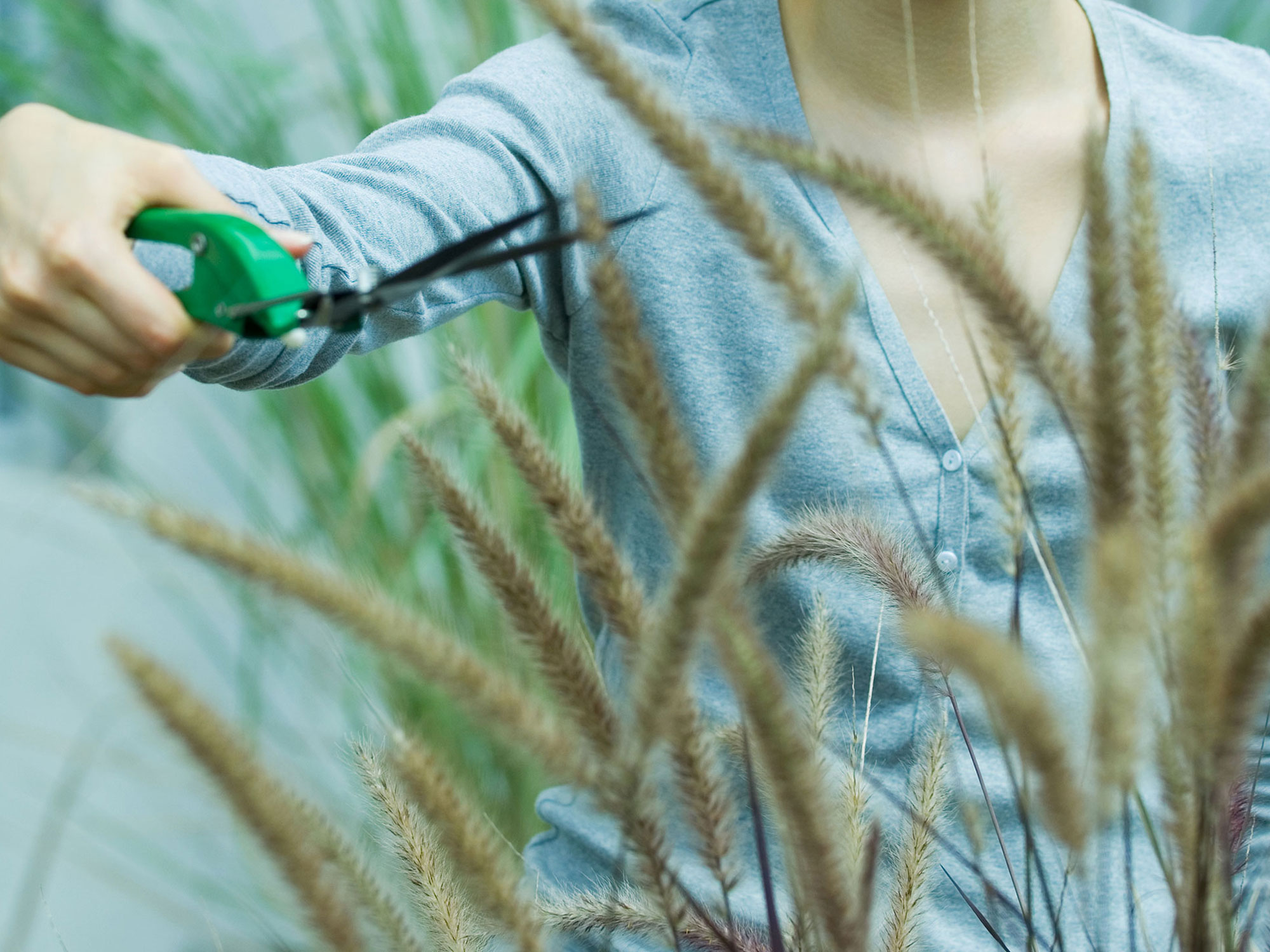
Early spring is the ideal time to trim many ornamental grasses before the new growth shoots up. Your clump of grass is probably not looking it's best right now anyway as it will be full of tired stems and leaves that have built up since fall.
Tackle the crown of the plant (where it forms a clump at soil level and the stems emerge) with a sharp pair of pruning shears. Be careful you don't accidentally snip any fresh green shoots. Aim to cut the clump back to a few inches off the ground, making sure you get rid of all the dead and tired looking old stems.
Water and feed your ornamental grass with a general fertilizer (like this one from Amazon) to give it a boost as the new growth will start to emerge more freely now it has been trimmed back. They'll send up lots of new shoots in no time
7. Add some instant blooms

Make a trip to your local garden center or plant nursery and look for plants that are either already in flower or about to burst into bloom. These can be slotted into your planting scheme for an instant lift that will help make your space feel spring ready.
'Early spring is a great time to set your modern garden up for later season success by planting trees, shrubs, and perennials,' says Keegan Nesvacil. 'Consider going with native plants that are well-suited to your region’s climate and soil conditions.'
Now is an ideal time to snap up beauties like camellia and azalea plants, pots of late-flowering bulbs such as tulips and iris, hellebores (especially the Lenten rose varieties) and, everyone's favorite, hydrangea. A few containers potted up with colorful spring blooms and positioned in your porch or on your patio is really uplifting at this time of year.
8. Plan how to entice more pollinators into your yard
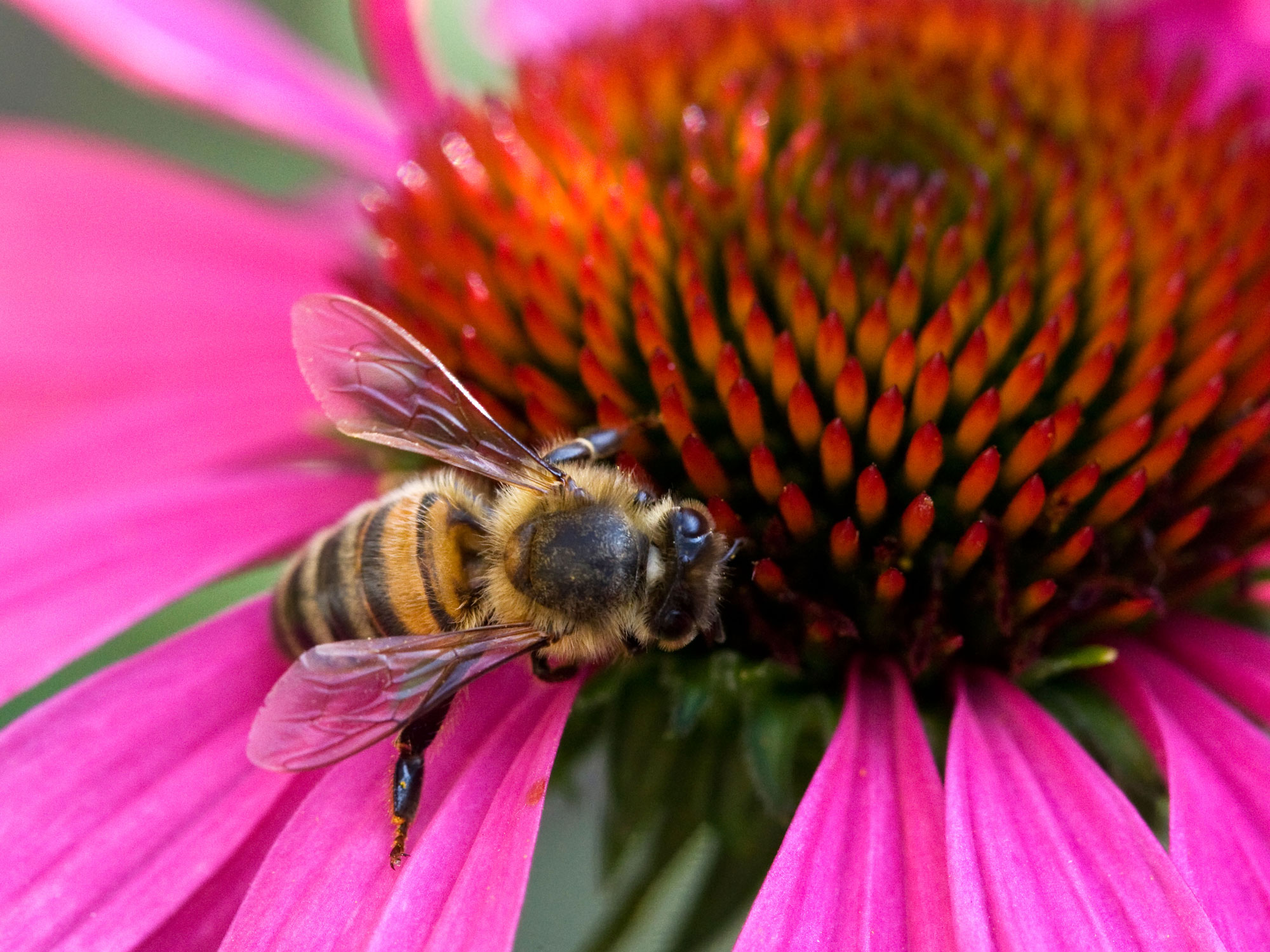
It's never been more important to support the critical role of bees in pollinating trees and flowers to maintain healthy ecosystems. Even the smallest urban terrace or balcony garden can be transformed with clever wildlife gardening to become a magnet for pollinators.
Instead of focusing on the summer months aim to have bee-friendly plants in bloom in every season to ensure a constant supply of pollen and nectar as bees are active year round. Introduce multiple layers if possible, as trees, shrubs, and hedges, as well as a combination of tall and short plants, all make different contributions.
In spring plant varieties like foxgloves, lavender and bee balm as they are a magnet for nectar-seeking bees. Supplement these with flowers that bloom in late summer and fall such as asters, echinacea and dahlias. These late-blooming flowers are important to help supply pollinators with food all year round. In winter choose hellebores, crocus, mahonias, and winter-flowering clematis.
Bee-friendly plants are loved by other pollinators too, so by planting flowers to attract bees, you’ll also be helping beneficial insects such as moths and butterflies.
9. Overhaul containers to get them in shape for summer

Whether your containers are standing empty, still filled with last year's (now dead) plants or alternatively perennials that are just starting to put out fresh spring shoots, now is the time to take an container gardening overview on their condition.
Check over pots for any signs of frost damage. If your pot is planted up and the sides are green it could be too damp, for example from being in a shady spot, so consider moving it. Or the drainage holes could be clogged so that water is not draining freely, in which case either improve the drainage by poking a stick through the drainage holes to allow water to drain away or empty it out and start again if your plants aren't thriving. While your pot is still empty, think about relocating it.
If it's been a while since your pot was first planted up, the soil will have few nutrients left. Empty the pot and discard the soil. Clean off any dried dirt inside with a stiff brush, then replace the crocks and add fresh soil and plants.
10. Give evergreens a spring feed
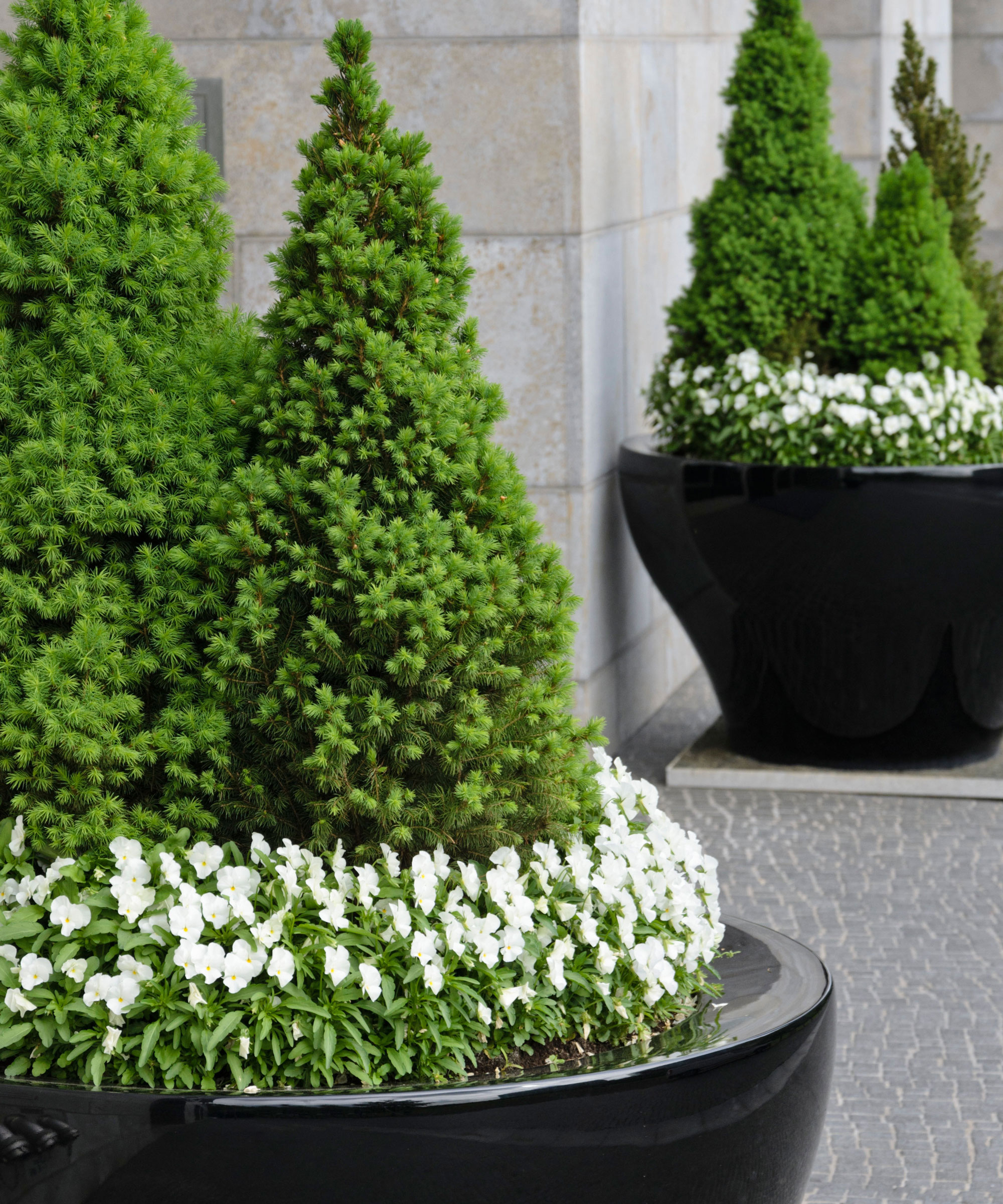
Most evergreens require little spring care other than the occasional tidy-up. Spring is a good time, however, to fertilize evergreens because they're actively growing.
Signs that evergreen plants and trees are in need of a feed include sparse or slow growth, or leaves/needles not being a healthy green color. You may also wish to encourage rapid growth in young plants, especially if you're growing them for screening.
Look for a well-balanced food labeled especially for evergreens. A complete fertilizer that supplies the macronutrients nitrogen, phosphorus, and potassium (known as NPK) is recommended. This all-purpose fertilizer from Walmart fits the bill.
Take inspiration from these top 10 tips to revive your yard after winter and you will soon have everything in shape for summer.
Lifestyle journalist Sarah Wilson writes about garden design and landscaping trends. She has studied introductory garden and landscape design, and also has an RHS Level 2 qualification in the Principles of Plant Growth and Development. She is a regular contributor to Livingetc.com, and also writes for Homes & Gardens, Country Living, Country Homes & Interiors, and Modern Gardens magazines. Her first job was at Elle magazine, during which time a trip to the beautiful La Colombe d'Or in St-Paul-de-Vence led to an interest in writing about all things botanical. Later as lifestyle editor at Country Homes & Interiors magazine one of the highlights were the run of captivating country gardens that were featured.